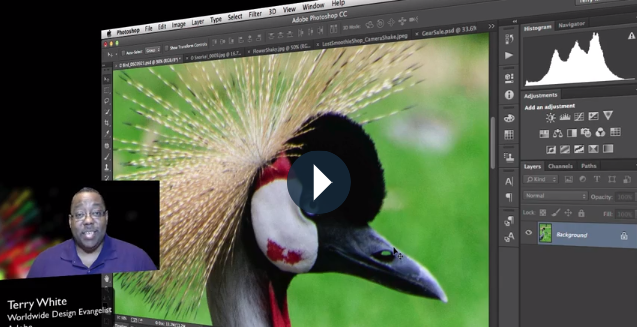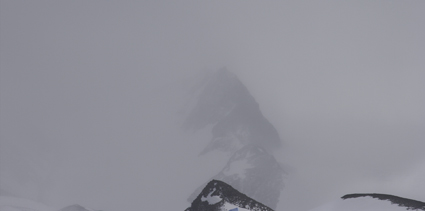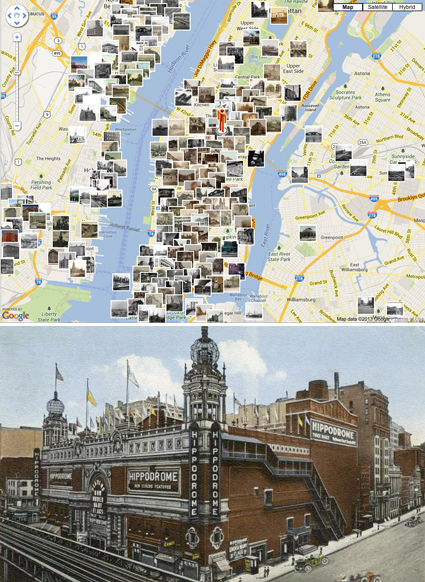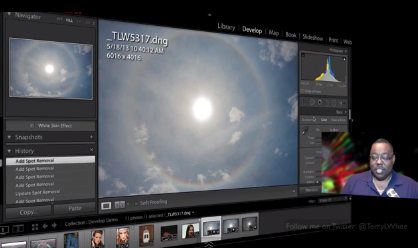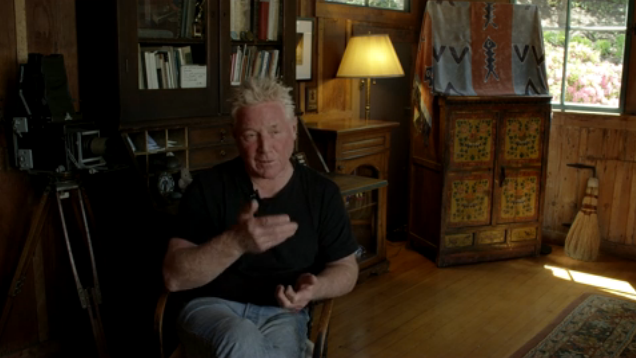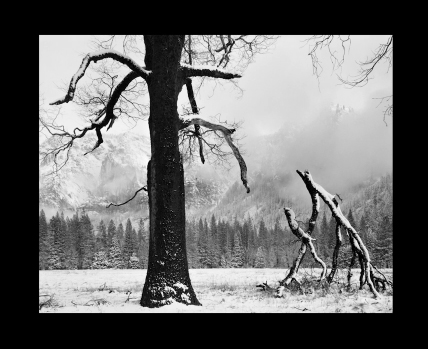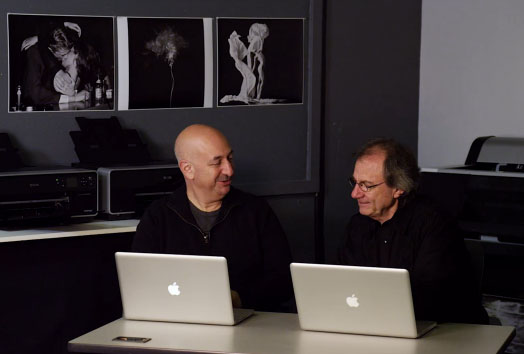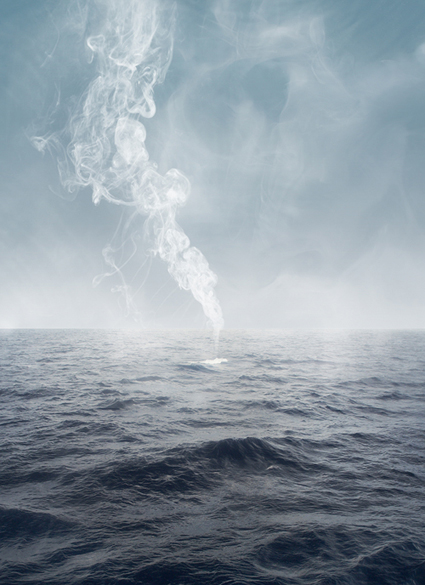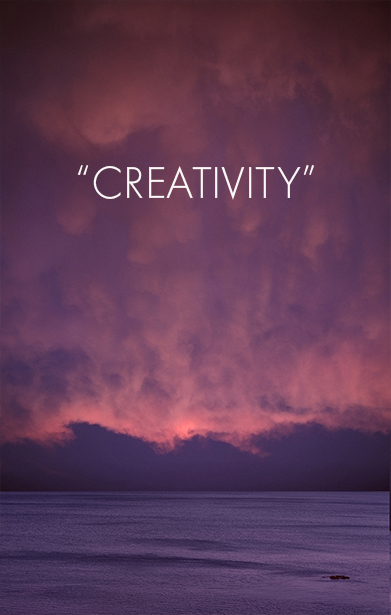
Here’s a collection of my favorite quotes on creativity.
“Creativity is contagious, pass it on” – Albert Einstein
“You can’t use up creativity. The more you use, the more you have.” — Maya Angelou
” Creativity is the quality that you bring to the activity that you are doing. It is an attitude, an inner approach – how you look at things . . . Whatsoever you do, if you do it joyfully, if you do it lovingly, if your act of doing is not purely economical, then it is creative.” – Osho
” Creativity is the quality that you bring to the activity that you are doing. It is an attitude, an inner approach – how you look at things …” – Osho
”Conditions for creativity are to be puzzled; to concentrate; to accept conflict and tension; to be born everyday; to feel a sense of self.” — Erich Fromm
“Creativity is inventing, experimenting, growing, taking risks, breaking rules, making mistakes, and having fun.” — Mary Lou Cook
“Creativity is just connecting things.” — Steve Jobs
“Creativity comes from a conflict of ideas” – Donatella Versace
“If you want creative workers, give them enough time to play.” — John Cleese
“Creativity is a drug I cannot live without.” – Cecil B. DeMille
“Clean out a corner of your mind and creativity will instantly fill it.” — Dee Hock
“Don’t think. Thinking is the enemy of creativity. It’s self-conscious, and anything self-conscious is lousy. You can’t try to do things. You simply must do things” – Ray Bradbury
“Perspiration is the best form of differentiation, especially in the creative world.” — Scott Belsky
“Creativity isn’t about wild talent as much as it’s about productivity. To find new ideas that work, you need to try a lot that don’t. It’s a pure numbers game.” — Robert Sutton
“To live a creative life, we must lose our fear of being wrong.” — Joseph Chilton Pierce
“The essential part of creativity is not being afraid to fail.” — Edwin H. Land
“The creative person is willing to live with ambiguity. He doesn’t need problems solved immediately and can afford to wait for the right ideas.” — Abe Tannenbaum
“The uncreative mind can spot wrong answers, but it takes a creative mind to spot wrong questions.” — Antony Jay
“The chief enemy of creativity is ‘good’ sense.” — Pablo Picasso
“Creativity is the sudden cessation of stupidity.” — Edwin H. Land
“Creativity involves breaking out of established patterns in order to look at things in a different way.” — Edward de Bono
“A truly creative person rids him or herself of all self-imposed limitations.” — Gerald G. Jampolsky
“Thereʼs no correlation between creativity and equipment ownership.” — Hugh MacLeod
“As competition intensifies, the need for creative thinking increases. It is no longer enough to do the same thing better . . . no longer enough to be efficient and solve problems” — Edward de Bono
“There is no doubt that creativity is the most important human resource of all. Without creativity, there would be no progress, and we would be forever repeating the same patterns.” — Edward de Bono
“Creativity is thinking up new things. Innovation is doing new things.” — Theodore Levitt
Find more Creativity Quotes here.
Discover more quotes daily in my Twitter and Facebook streams


